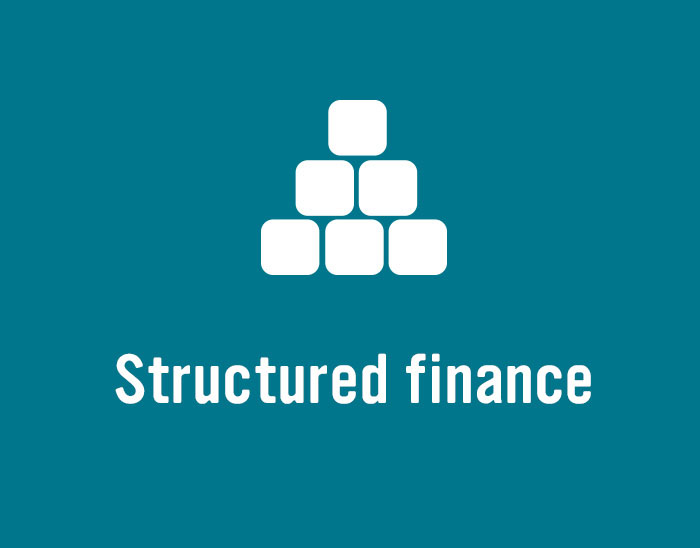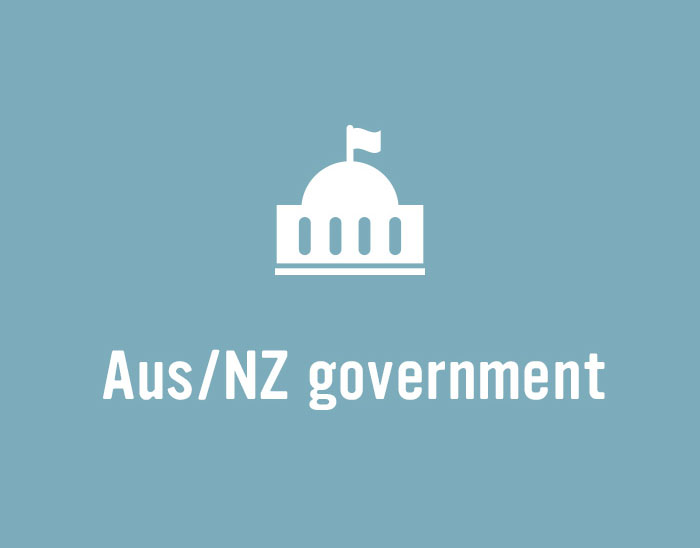
News

Two more bond deals added to a February wave of issuance from the semi-government sector, taking volume raised in the second month of the year to A$6 billion. Deal sources say transactions continue to signal deep demand for semi-government debt at the start of the year, noting that wider spreads are luring investors, including from offshore, into books.

The Australian securitisation industry and its international participants gathered – in record number – at the Australian Securitisation Forum’s annual conference in Sydney in early December 2024. Discussion topics took in the record year for new issuance, future capacity and alternative funding options, credit risk profiles and the economic outlook, and market function and liquidity.

One of the best-received panel sessions at the Australian Securitisation Forum’s 2024 conference reviewed the limits of growth in Australian dollar securitisation. The back end of a record year for supply volume is an appropriate juncture to discuss the upper limit of capacity – but views diverge on where this might be or what steps should be taken next.

The annual roundtable discussion for the heads of funding at Australia’s big-four banks, hosted by KangaNews and RBC Capital Markets, took place in the first weeks of the new year – just as the big four were ramping up their wholesale issuance activities once more. Following another year of domestic market growth and with further changes afoot in the additional capital space, the issuers talk about their plans and outcomes in a market environment that continues to evolve.

The question of where the A$43 billion currently allocated to Australian banks’ additional tier-one securities will land has been discussed in the financial press in a manner that brings to mind a group of feckless offspring carving up an inheritance. The impact of the demise of this asset class will in all likelihood be minimal in the context of Australian dollar capital markets – but it is part of a wider trend toward retail and retail-adjacent allocation to fixed income.

With just two out of the first five syndicated semi-government deals priced in early 2025 coming from the three largest state government issuers, Australia’s smaller state and territory borrowers have seized a window of opportunity to make progress on their funding tasks – despite choppy conditions in the global rates market.

The additional benefit of capital relief brought the cost of funds from Suncorp Bank’s latest residential mortgage-backed securities transaction in line with where the bank would likely print in the senior-unsecured market. The issuer says the positive demand environment for structured finance meant the deal brought diversification benefits that secured its value proposition.

Global high-grade issuers burst out of the gates in the first few trading days of 2025 to print A$10.1 billion of new bonds in the first few days of the year. Records abound for issuers and market participants remain optimistic about demand from global investors, though even in mid-January deal sources predicted a dialling-back of near-term supply.


